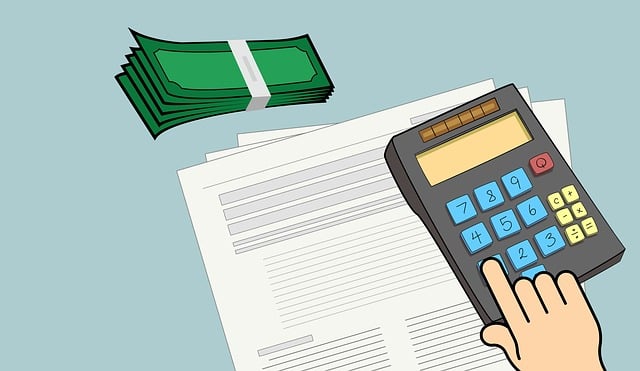
CA Budget Time Again: Small Surplus is Back But Catastrophic Needs Ahead
01.11.2025 | Linda J. Rosenthal, JD

A year ago, we posted To Give or Not To Give – Anonymously, That Is (March 27, 2018). With a light-hearted touch, we discussed the reasons why current-day donors choose either to give to charity with great fanfare or to conceal their identities as benefactors of certain institutions or causes.
Of the two paths, the more intriguing is that of anonymity. Why do philanthropists make this choice? The two most frequently cited reasons are: (1) following religious teachings or ethical beliefs; and (2) staying off the radar of overzealous charity fundraisers. A bit surprisingly – or not – running away from solicitors beats out the morality rationale by a wide margin.
Last summer, the blog HistPhil presented an excellent forum of essays on this provocative topic.
Anonymous Giving in the U.S.
HistPhil was created in 2015 to discuss “the history of the philanthropic and nonprofit sectors, with a particular emphasis on how history can shed light on contemporary philanthropic issues and practice.” Its founders saw a need to “bring together, scholars, nonprofit practitioners, and philanthropists in common dialogue on the past, present, and future of philanthropy.”
Co-editor Benjamin Soskis, affiliated with the Center on Nonprofits and Philanthropy at the Urban Institute and author of articles and books on philanthropy, kicked off the series on July 18, 2018. In Introducing HistPhil’s Forum On The History Of Anonymous Giving, he notes the “…ambiguous place that anonymous giving now occupies within contemporary attitudes towards philanthropy.”
On the one hand, Soskis writes, this is a “… a time when anonymous mega-giving seems to have declining cultural cachet” as “[d]onors now announce major pledges on Facebook; solicit ideas for philanthropic spending on Twitter; write profiles for the Giving Pledge as carefully crafted as any campaign bio; and subject themselves to the scrutiny of an increasingly demanding, and critical, public.”
Ironically, there is no shortage of cash contributed far away from the sunlight. In this connection, Soskis notes not only the explosion of political “dark money” in 501(c)(4)s and super PACs, but also the rise of “institutional alternatives to philanthropic foundations, such as LLCs and donor-advised funds.” The latter have weak “donor disclosure requirements” or none at all, a development he argues has “also bolstered the place of anonymity within the philanthropic scene.” Soskis explains that “(e)ach of these developments has its own history, although they often intertwine.”
Benjamin Soskis and the other editors – philanthropy historians Maribel Morey of Clemson University and Stanley N. Katz of Princeton’s Woodrow Wilson School – undertook this series “given the uncertain status and legitimacy of anonymous giving in American society.”
The HistPhil forum on the history of anonymous giving “examine[s] not just how the practice of anonymous giving has developed over time, but how its justifications and its critiques have evolved, and how legal and political institutions have shaped this development.”
Forum Articles
The selected articles, in order of publication, are well worth reading and using as the basis of a sector-wide discussion on this timely and important topic:
Conclusion
The Forum on the History of Anonymous Giving concentrates primarily on “the American scene,” but the editors want to learn more about this topic as it developed in “other national contexts.” They encourage anyone with insights or information to contact them. They also want to hear from readers, generally, about this issue.
